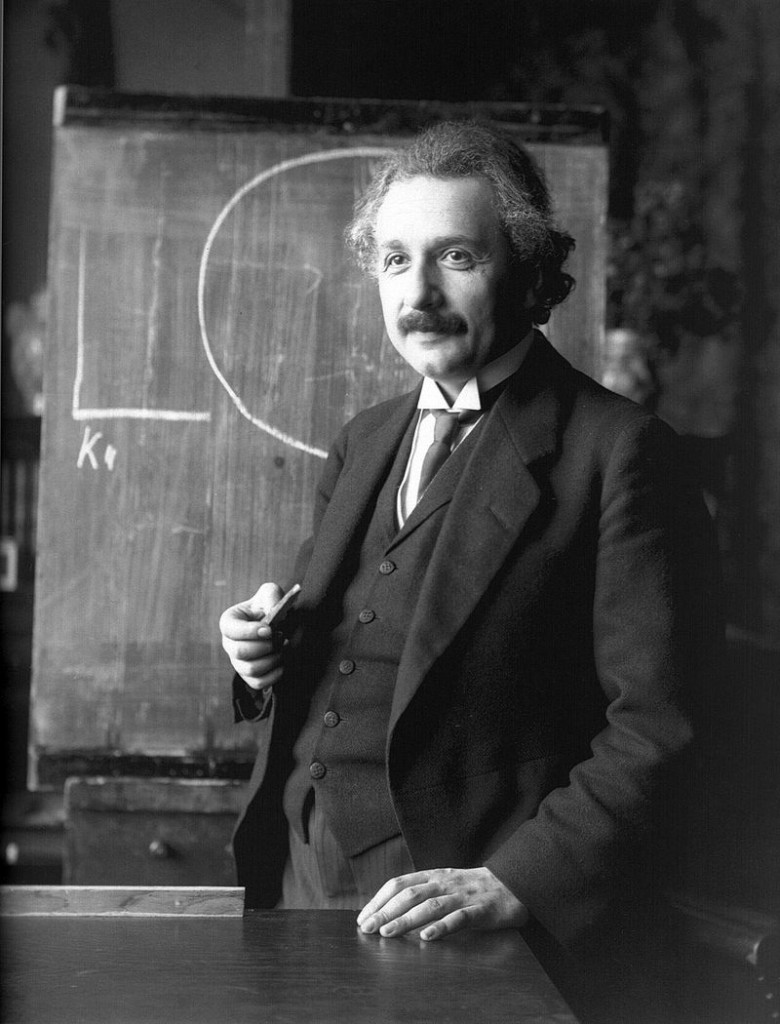3D Printing the Speed of Light

Latest News
April 29, 2016
Although every type of additive manufacturing (AM) process can be leveraged to accomplish remarkable feats, printing with metal is arguably the area of AM with the greatest amount of promise for future applications. It may eventually be possible to print out everything from car bodies to entire jet engines using metal printing processes alone.

Until that shiny future appears, researchers will continue to find new and novel ways to incorporate metal printing into their studies. Physicists at the University of Melbourne have recently discovered a new application for AM. An important part of the study of the universe involves the manufacture of superconducting microwave cavities, which can be expensive to produce. 3D printing may offer an alternative to traditional microwave cavity manufacturing methods, allowing 3D printing to help track the speed of light.
You may be asking, “What is a microwave cavity?” Put simply, a microwave cavity is a tool that captures and retains microwaves, which increases the amount of time scientists can study and measure phenomena such as the speed of light. You can think of them almost like motion detectors, though no doubt somewhere a physicist is shaking his head at the description.
Although made from aluminum, manufacturing microwave cavities can be expensive because of the shapes involved, and the quality required to achieve accurate results. Noting, no doubt, the benefits AM has to offer in other fields that require objects built to exacting standards, Australian researchers decided to experiment with building a microwave cavity using 3D printing rather than traditional manufacturing.
Although AM material standards have increased by leaps and bounds over the last decade, not much attention has been paid to specific electrical properties, at least by the standards required by physicists. Aluminum powder used to build parts tends to contain a slightly higher concentration (12% or so) of silicon than aluminum used in other manufacturing methods. Upon printing a prototype microwave cavity, researchers were able to verify that the difference in silicon had no appreciable effect on performance.
Another potential problem is the strata left behind by the AM process. Though it can be hard to notice with the naked eye, even melt pool AM processes leave behind a slightly uneven texture. The team was able to reduce the silicon content of the cavity, and to eliminate the strata through a combination of polishing and annealing. The result is a tool that is ready for laboratory use.
Below you’ll find a much more detailed explanation of how the cavities work.
Source: MIT Technology Review
Subscribe to our FREE magazine, FREE email newsletters or both!
Latest News
About the Author
John NewmanJohn Newman is a Digital Engineering contributor who focuses on 3D printing. Contact him via [email protected] and read his posts on Rapid Ready Technology.
Follow DE





